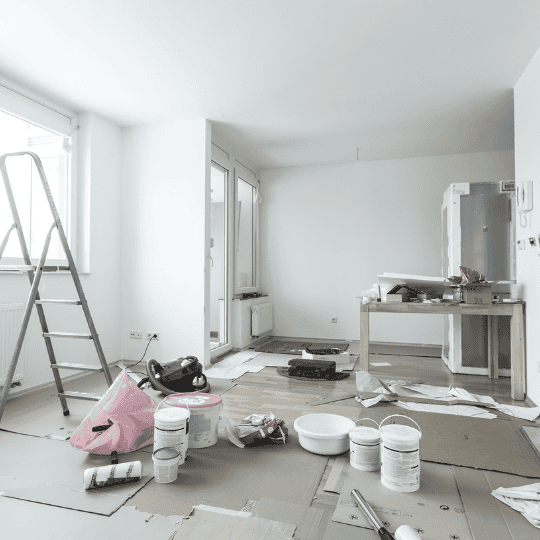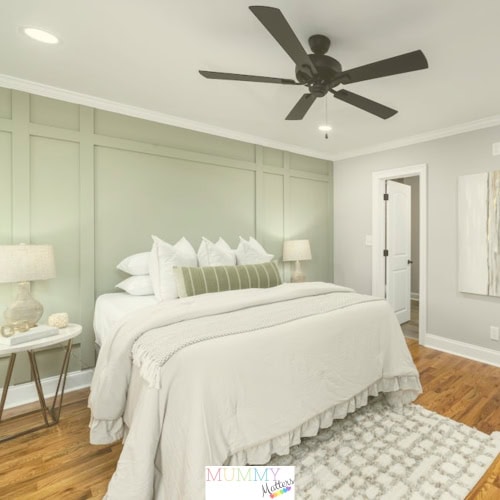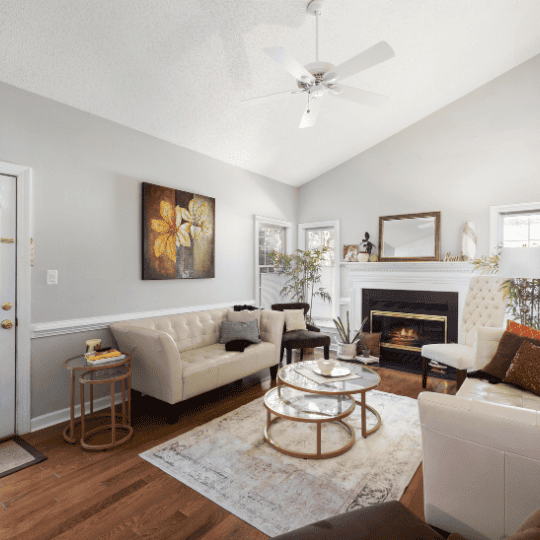
Post Renovation-Interior Design to Transform Your Space
Table of Contents
As you embark on this adventure, the art of interior design and decorating becomes your most powerful tool in shaping the ambiance, functionality and entire space of your home. Renovating your home is the first step of an exciting journey, offering a world of possibilities to transform your living space into something truly exceptional incorporating essential elements. Lets explore the interior design and decorating options available to help you create a space that reflects your personality and meets your lifestyle needs.
The Magic of Interior Design
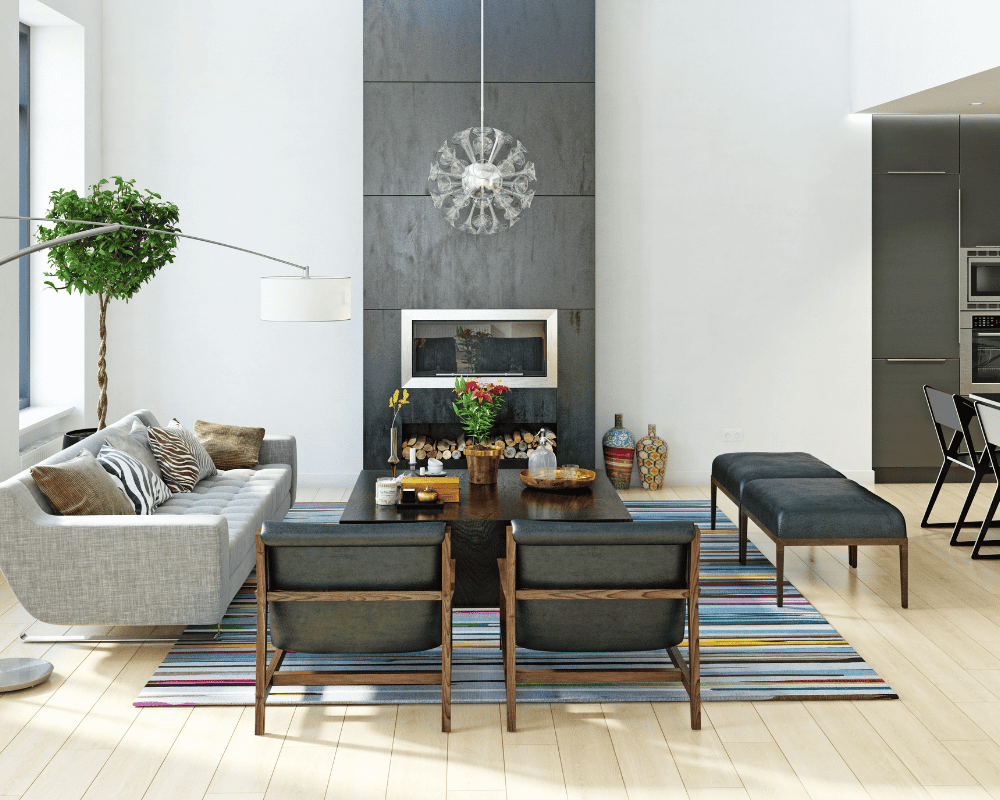
With the renovation complete, it’s time to shift your focus to interior design. Interior design has the power to transform any small space or entire home into an enchanting realm. It’s like sprinkling magic dust over a plain canvas turning it into a mesmerizing masterpiece. It is not just about selecting furniture and applying a fresh coat of paint, it’s about finding the harmony between functionality and personal design style.
One of the magical aspects of interior design is how it can make a room feel larger or smaller, depending on our desired effect. Through clever use of colour palettes, lighting techniques and furniture placement designers are able to manipulate the perception of space. On the other hand, in large open spaces, they may use darker colours or strategically place furniture to create a cozi nook within the space. Choose color schemes that resonates with your personality and complements the space but also consider the psychological effects of colours on your mood.
Furniture and Layout

Select furniture that not only looks great but also fits the layout of the room, balancing style with functionality. The way furniture is arranged can greatly impact the flow of a room, as well as its overall atmosphere. One fresh perspective on furniture arrangement is to consider the architectural elements of the room, by aligning furniture with windows, doors or other structural features you can create a sense of harmony and balance that enhances the overall room design.
Another interesting approach to furniture and floor plan layout is to think about the purpose of each room and how it will be used on a daily basis. In a living room meant for the best part for relaxation and socializing, arranging seating options in a unique style is a great way to encourage conversation and can create an inviting atmosphere. In contrast, for a home office where productivity is key, prioritizing functionality by placing desks near natural light sources or ensuring easy access to electrical outlets can make all the difference.
When it comes to choosing furniture pieces themselves, keep in mind that size matters. Oversized pieces may overpower limited space in smaller rooms while petite furniture might look lost in larger spaces or a studio apartment. Striking just the right balance between comfort and proportionality is essential and an easy way for achieving an optimal layout that maximizes both functionalities within your space.
Lighting
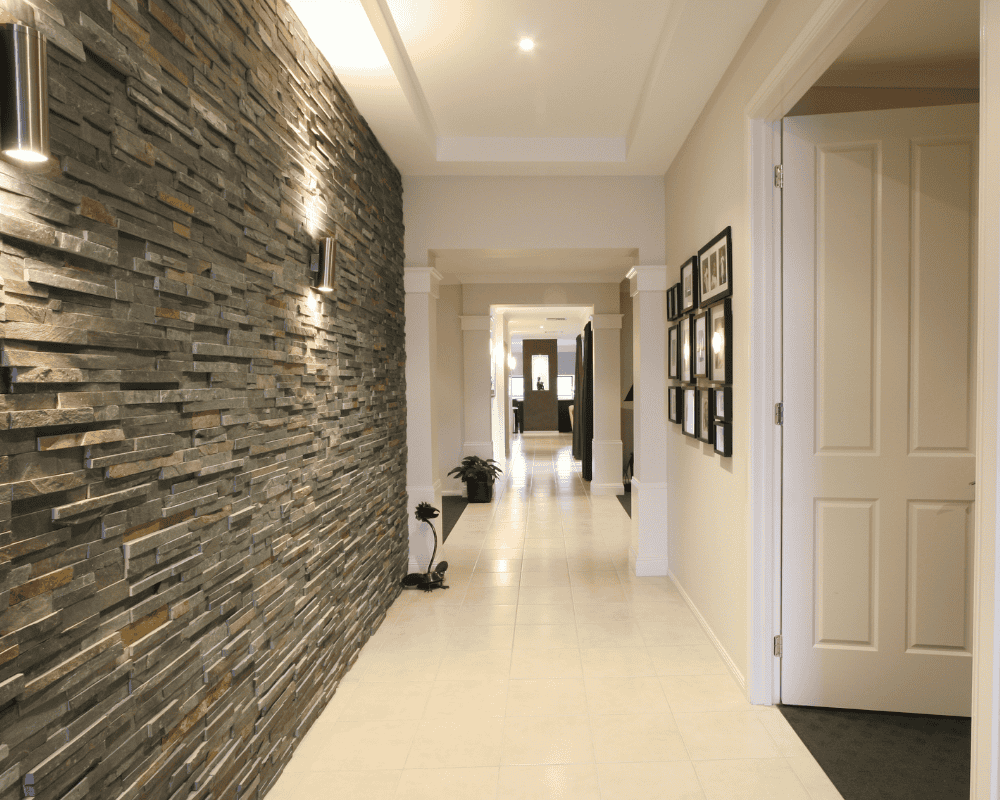
One fresh perspective on lighting is to incorporate smart technology into your home. With smart lighting systems you can control the brightness, colour temperature and even set smart thermostats or timers also create custom scenes using voice commands or smartphone apps. This not only adds convenience and cost but also allows you to easily change the atmosphere of multipurpose spaces with just a few taps on your phone.
Check out Lights4Fun and get 15% discount with this link
Another insight is to consider layering lighting in each room. Instead of relying solely on overhead lights or table lamps, mix and match different types of light sources such as recessed lights, pendant lights, floor lamps, and sconces. By combining these various elements, you can create depth and dimension while also providing task-specific illumination for the entire room or different areas.
Texture and Patterns

By carefully selecting materials with different textures and incorporating patterns that complement the overall style of the home decor you can elevate your newly renovated space to new heights. Texture can add depth and dimension to any room. It creates visual interest by providing contrasting surfaces that catch the light differently. For instance, pairing smooth silk drapes with a rough-hewn wooden coffee table creates an intriguing juxtaposition that draws the eye. Consider experimenting with different textures such as rattan furniture for a tropical feel or velvet upholstery for added opulence.
Patterns, on the other hand, have the power to transform a plain and mundane space into an engaging visual feast.. They can be used strategically to create focal points or draw attention to specific areas of your interior design. Design tricks such as mixing various patterns – like floral prints with geometric shapes – adds intrigue while maintaining balance within your décor. Additionally, don’t limit yourself to just fabrics, incorporate different textures and patterns to add depth and character to your space. From soft, plush rugs to bold wallpaper, texture and pattern can be used strategically if used in the best way. Explore patterned tiles for backsplashes or wallpapers that make bold statements on an accent wall.
Personalization

Make your home unique by adding personal touches like artwork, family photos and decorative items that reflect your personality. One of the most impactful and easiest ways to achieve personalization in interior design is through the use of artwork and decor. Instead of opting for mass-produced pieces, consider investing in original artwork as accent pieces or supporting local artists. Not only will this add a touch of individuality to your space, but also provides an opportunity to showcase your different style taste and support of the arts community.
Another aspect of personalization that should not be overlooked is colour selection. While neutral colours have long been favoured for their versatility, embracing bold hues can make a powerful statement about your personality. Don’t be afraid to experiment with vibrant shades of wall paint on accent walls or furniture pieces; it can create a striking contrast and new look and lend an air of liveliness to an otherwise subdued room.
The Art of Decorating
While interior design sets the stage, good news decorating brings your vision to life. It’s the final layer that completes the transformation. Consider these decorating tips:
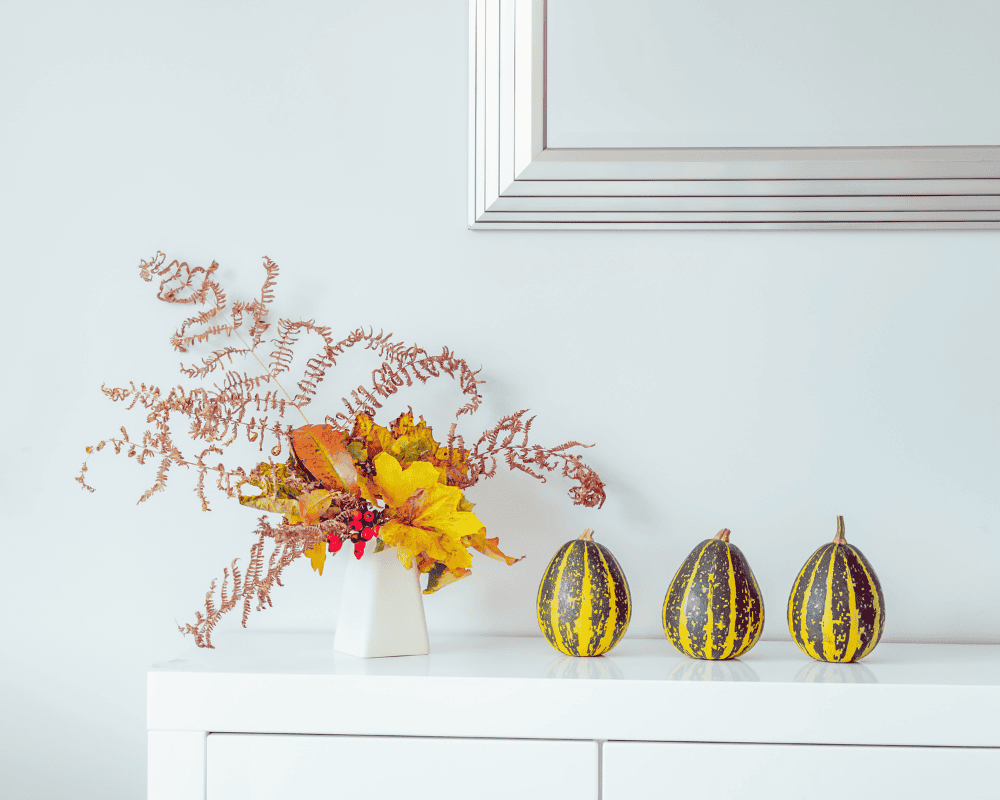


Accessories
Accessories play a vital role in interior design from statement wall art and vibrant textiles to unique sculptures and intricate vases. They provide an opportunity for homeowners to showcase their taste with careful planning and create a truly immersive living experience.
One often overlooked aspect of accessories is their ability to tie together a lot of things and different elements within a room. The right choice of cushions or throw pillows, can harmonize the colours on a sofa with those found in vintage rugs, artwork or drapery. By carefully selecting pieces that complement each other and reflect the overall design theme, accessories become more than just ornamental objects – they become unifying elements that contribute to the overall aesthetic cohesiveness of the space.
Accessories also serve practical purposes by adding functionality to a room. A well-placed mirror can not only enhance the illusion of space but also reflect natural light throughout an area that may otherwise feel dim or gloomy. Similarly, strategically positioned floor lamps not only illuminate dark corners but also provide an opportunity for subtle ambiance or task lighting. When choosing accessories during the post-renovation project, it’s important not to overlook these practical considerations in order to create both visually appealing and functional spaces that are tailored specifically for daily living.
Art and Decor
Art and decor play a crucial role in the interior design process. They have the power to transform a blank space into an inviting and captivating environment. When selecting art pieces, it is important to consider not only their style appeal but also how they complement the overall theme and style of the room. Abstract paintings can add a touch of modernity and create visual interest, while landscape photographs can bring serenity and nature indoors.
In addition to choosing art that resonates with your personal taste, it is essential to consider how it interacts with other elements in the room. The right combination of colours, textures, and shapes can enhance the overall ambiance and create a harmonious atmosphere. Moreover, art has the ability to stimulate conversation and introspection among guests; it serves as a reflection of your personality while also sparking curiosity about your artistic choices.
Decorative pieces such as sculptures or vases serve both as focal points for attention as well as functional accents within a space. Mixing different materials like wood, glass or metal can add layers of texture to elevate the design scheme further. Lastly don’t be afraid to experiment with unique finds from various cultures or eras. These eclectic touches ignite intrigue within architectural features in any given space by imparting that lived-in feel many wish for in their own homes.
Greenery
Bringing in plants can help purify the air we breathe, reducing toxins and increasing oxygen levels. They have also been shown to be a good way to reduce stress levels, increase productivity and boost creativity.
When selecting greenery for your renovated space, it’s important to consider the natural lighting in each room. Some plants thrive in bright sunlight while others prefer indirect or low-light conditions. Think about the size of your space and how much maintenance you’re willing to put into caring for your plants. For smaller rooms or busy households, opting for low-maintenance choices like succulents or snake plants could be the ideal right answer.
Another interesting aspect of integrating greenery into interior design is exploring innovative ways to display plants. Hanging planters or vertical gardens can be an excellent solution if you have limited floor space but still want to enjoy the beauty and benefits of live foliage. You can also experiment with unique pots and containers that match your design preferences – from sleek modern designs to quirky vintage finds. By thinking outside the box when it comes to displaying greenery you can truly create a one-of-a-kind atmosphere that complements your new layout and renovated home perfectly.
Storage Solutions
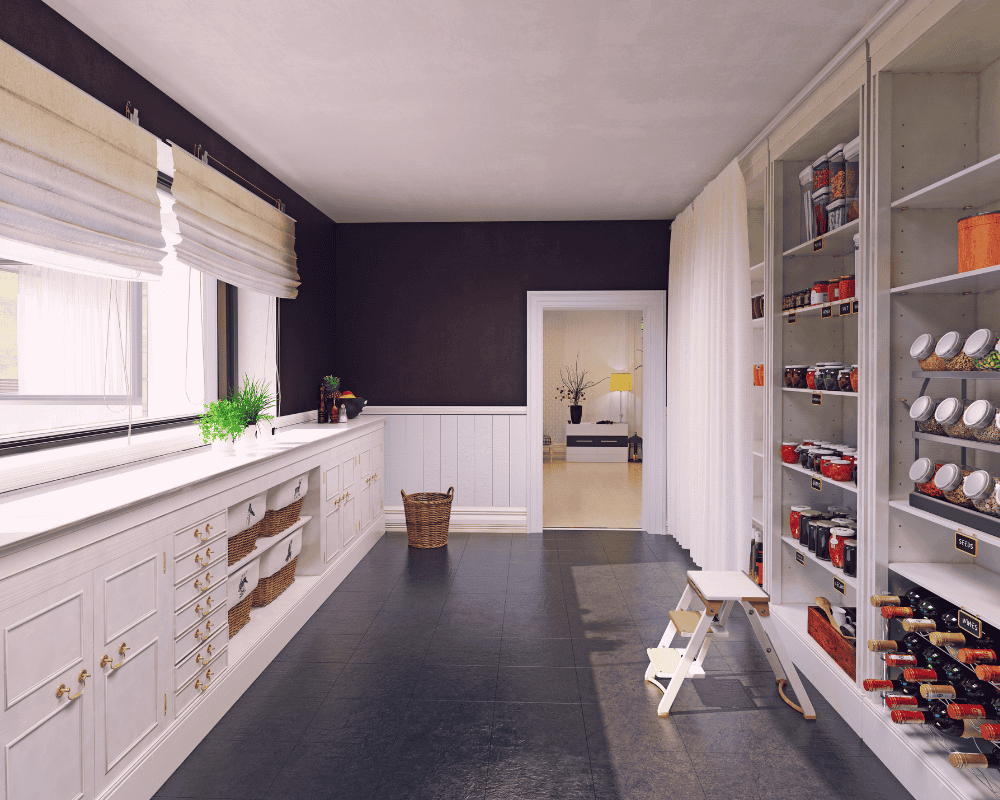
One exciting trend in post-renovation interior design is the use of multi-functional furniture pieces that provide hidden storage space. From ottomans with built-in compartments to coffee tables with hidden drawers, these innovative designs maximize the use of space while adding a modern and sleek touch to any room.
Another clever storage solution gaining popularity is the utilization of vertical wall space. Floating shelves, wall-mounted cabinets and hanging organizers not only free up floor space but also create an eye-catching display and great place for your decorative items or books. Consider using hooks or pegboards on unused walls to hang bulky or frequently used items such as bags, hats or kitchen utensils. By thinking creatively about storing items vertically, you can add personality and functionality to your newly renovated home. Invest in stylish storage solutions to maintain a clutter-free environment.
Seasonal Decor

One creative approach is to use natural elements from each season. Incorporate dried leaves, pinecones, and branches in the fall for an earthy feel that celebrates nature’s changing colours. In winter, opt for evergreen garlands and wreaths adorned with twinkling lights to create a perfect ambiance in your home.
Another way to emphasize seasonal decor is through colour schemes and patterns. Play around with warm hues like burgundy and mustard for autumn or opt for cool blues and metallics during the winter months. Adding patterned throw pillows or swapping out curtains can instantly refresh any space without major commitments. Whether it’s bold stripes in spring or floral prints in summer, these accents will inject energy into your post-renovation interior design and make you excitedly anticipate each change of season.
Balancing Form and Function
Renovation and interior design project is a harmonious balance between form and function. Your home should not only look good but also meet your
successful practical needs. Always keep the following principles in mind:
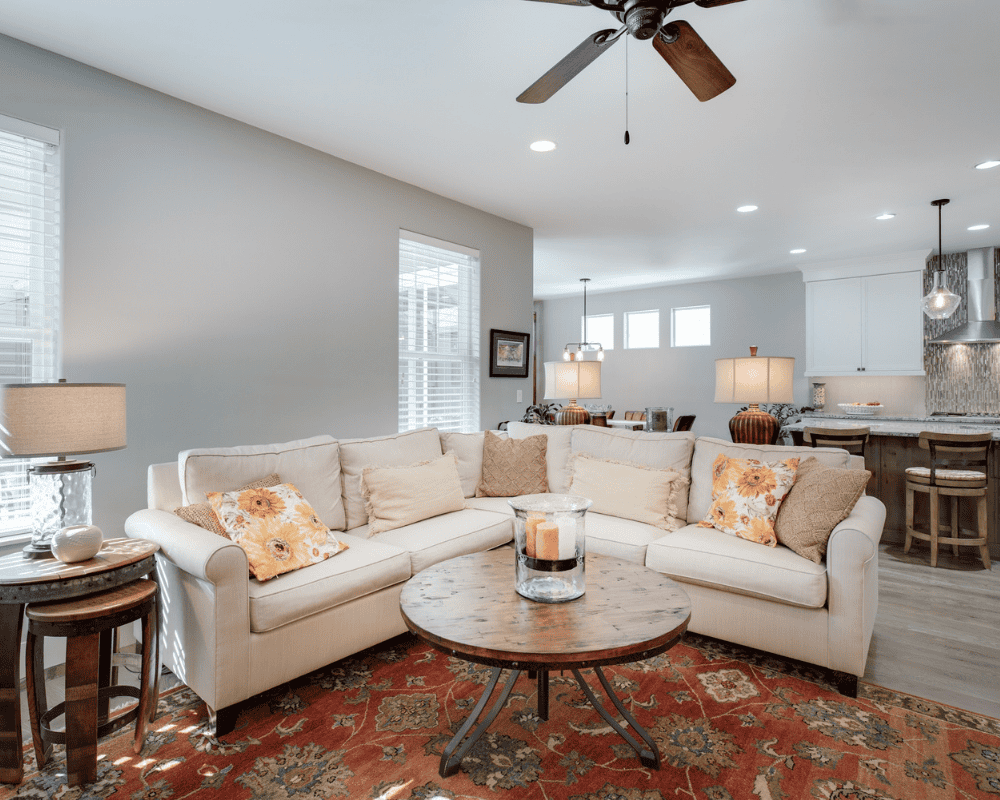

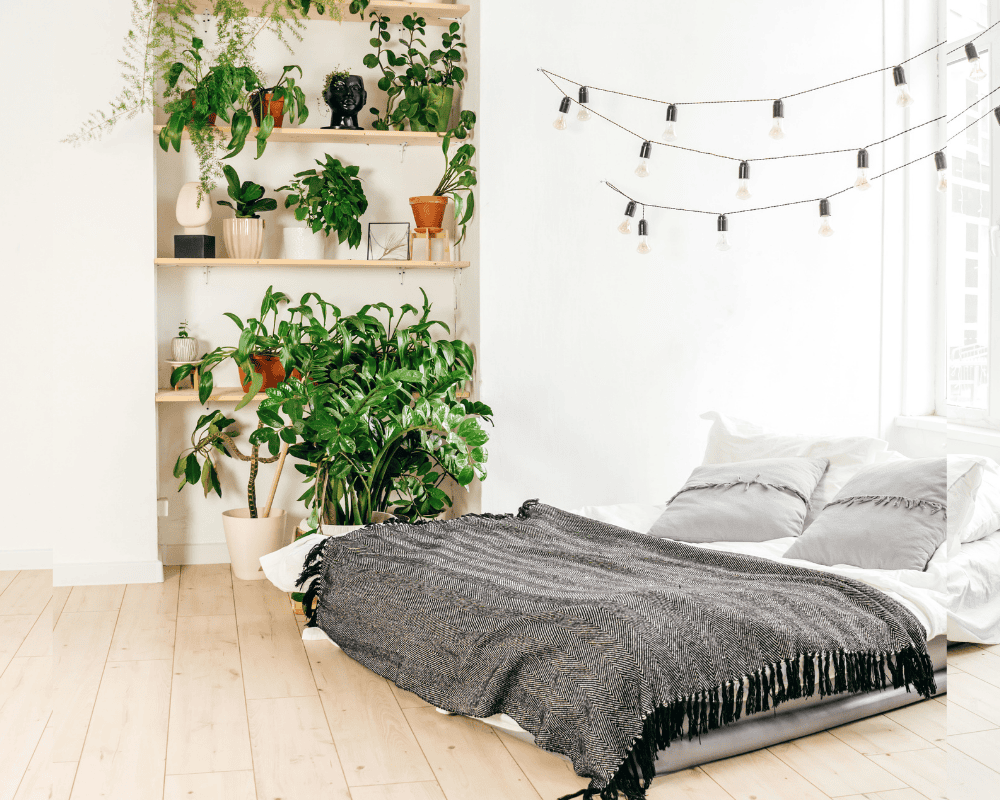
Flow and Movement
Ensure there’s a logical flow between rooms and that people can move comfortably within your space. It’s not just about creating a visually pleasing space; it’s about ensuring that the layout and arrangement of furniture and accessories allow for easy navigation and smooth transitions between rooms. When done correctly flow can transform a house into a home.
One effective way to enhance flow is by incorporating open floor plans. By removing unnecessary walls you can create seamless transitions from one area to another making the space feel larger and more inviting. Additionally, using furniture that doesn’t obstruct pathways can also help maintain an unobstructed flow throughout the house. A well-placed rug or artwork can act as visual cues that guide people through different zones within an open living space.
Storage
While design often steal the spotlight, neglecting storage can lead to a cluttered and chaotic space. To truly optimize your new interior design, it’s important to think beyond simple shelving units or cabinets. Look for innovative ways to integrate storage seamlessly into your decor.
One increasingly popular trend is utilizing multi-functional furniture with hidden storage compartments. Ottomans with lift-up tops provide a clever way to stash extra blankets or pillows while doubling as seating. Additionally, consider incorporating built-in wall shelves with concealed drawers that blend into the surrounding architecture. These creative options not only maximize space but also maintain the visual flow of your newly renovated home.
In addition to furniture solutions, don’t overlook clever organizational tools that can enhance your storage systems. Magnetic strips installed inside kitchen cabinets create vertical space for storing knives and metal utensils while keeping them easily accessible and reducing countertop clutter. Customizable drawer dividers enable you to separate different types of items neatly, preventing jumbled messes and making everything within reach. By paying attention to these small details during the post-renovation design process, you can achieve a pleasing home that remains functional and clutter-free for years to come.
Comfort
Comfort goes beyond just selecting plush furniture or textures; it involves creating a nurturing environment that allows people to unwind and recharge.
One way to achieve this is by incorporating natural elements into the design scheme. Biophilic design brings nature indoors through the use of plants, natural light and organic materials. Research has shown that being surrounded by nature can reduce stress levels and increase productivity – making it an excellent choice for those seeking comfort in their post-renovation space.
Another aspect to consider when aiming for comfort in your interior design is personalization. While following trends can be tempting, creating a space that reflects your own unique personality will ultimately contribute to the overall sense of comfort you experience in your home. Whether it’s displaying cherished mementos or incorporating meaningful artwork, adding personal touches reminds us of the familiar and creates a sense of belonging within our surroundings.
Flexibility
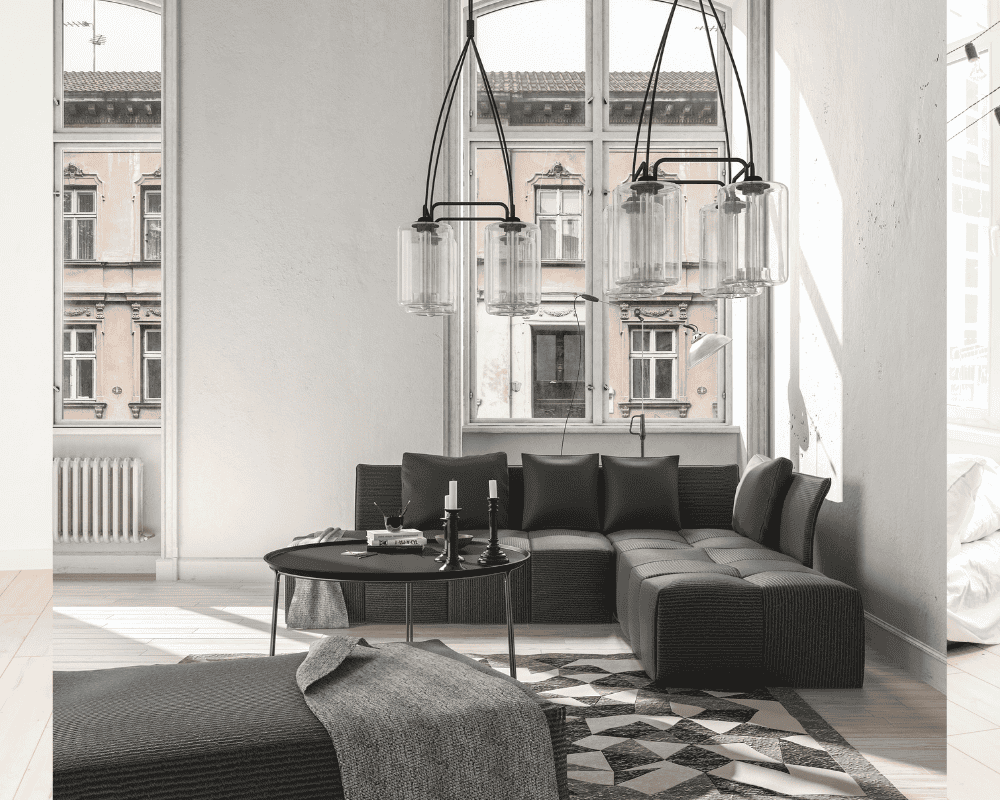
Adapting spaces to the changing needs and preferences of homeowners is essential to creating functional and dynamic living environments. Gone are the days when rooms were designed for one specific purpose – today, homeowners seek interiors that can easily transform to accommodate various activities.
One way to incorporate flexibility into post-renovation interior design is through the use of movable furniture pieces. Instead of fixating on traditional layouts, consider investing in versatile pieces such as modular sofas or folding tables that can be rearranged or stored away when not in use. This approach allows you to make the most out of your space and adapt it according to different occasions or requirements.
Another intriguing element worth exploring is the integration of multipurpose rooms. Combining multiple functionalities within a single area adds an innovative touch to any home design project. For instance, a guest bedroom can also serve as a home office by utilizing a desk that doubles as a vanity table. The ability to switch between these functions effortlessly offers convenience while maximizing space utilization.
Conclusion
The journey of renovating your home, creating an interior design plan and adding the perfect decor elements is a thrilling adventure. It’s an opportunity to express your creativity and turn your living space into a true reflection of your personality and needs. Remember to take your time, plan carefully, and always balance style with functionality. With these elements in harmony, your home can become a haven of style and comfort.


